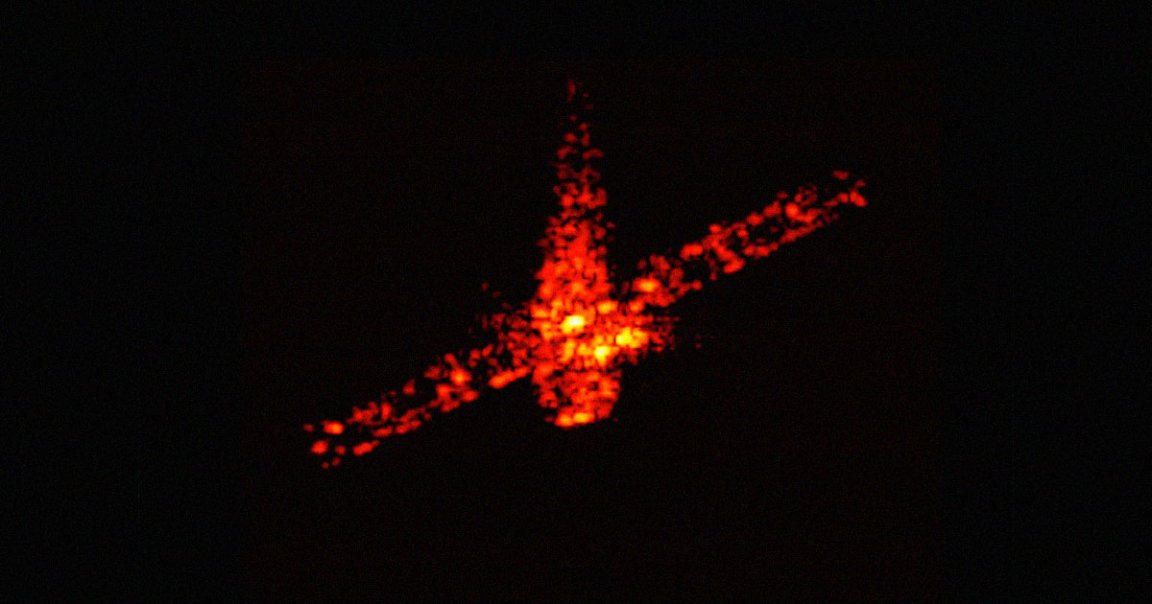
Last Hurrah
At the end of July, the European Space Agency de-orbited its Aeolus satellite, causing it to burn up spectacularly in the Earth’s atmosphere.
Now, the ESA has released new images of Aeolus’ fiery, final moments — confirming the success of a never-before-performed reentry maneuver, and potentially giving us an effective way of ensuring that aging satellites don’t end up as hazardous hunks of space junk.
“Normally, once a mission goes into the nose of its rocket and the fairing closes around it, that’s the last time we expect to ever see it,” said ESA’s Tommaso Parrinello, manager of the Aeolus mission, in a statement.
“With Aeolus… these images are our final farewell to the mission we all miss, but whose legacy lives on.”
And here you go: Aeolus’ headlong, three-hour dive into the Earth’s embrace, as captured by the Tracking and Imaging Radar (TIRA) antenna in Germany.
Orchestrated Destruction
Aeolus had been in orbit for nearly five years and had faithfully completed its mission of profiling the Earth’s winds.
Because of its low orbit altitude of around 200 miles, it was likely for the satellite to come crashing down to Earth uncontrollably somewhere within the next 25 years. Instead, to safely decommission Aeolus, the ESA attempted — and pulled off — what it’s calling a “first-of-its-kind assisted re-entry.“
Using the satellite’s leftover fuel, ESA mission control carefully steered Aeolus so that it would burn up over a pre-planned route over a remote part of the Atlantic Ocean, a safe area for any debris that slipped through the atmosphere largely unscathed to hit.
By the time mission control began executing the reentry plan on July 24, Aeolus had already been gradually falling from its operational orbit for several days.
From there, short, thirty to forty-minute burns kept Aeolus on course, and on July 28 it was given its final command before being ‘passivated,’ or fully depleted of its energy stores. It would be the last communication with the satellite.
Second Pair of Eyes
With Aeolus now out of contact, the team back on the ground needed visual confirmation of its final course — and TIRA was in a prime position to get it.
“Spacecraft operators are used to being in a dialogue with their missions, but debris can’t talk,” said Benjam Bastida Virgili at ESA Space Debris Office, in the statement.
“These final observations confirmed that Aeolus’s final burn had gone well and that the now ‘dead’ satellite had gotten into the expected elliptical orbit.”
Though it marks the end of one satellite, the success of the reentry should be just the beginning of more de-orbiting missions of its kind in the future. And that’s a big win in the tough effort to clean up space junk.
More on space: India’s Moon Lander Just Took Off Again and Landed in a Different Place